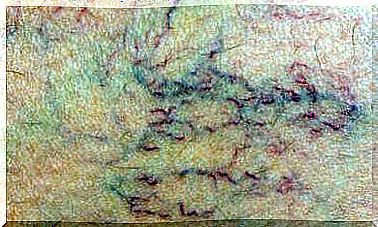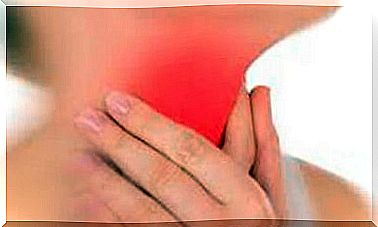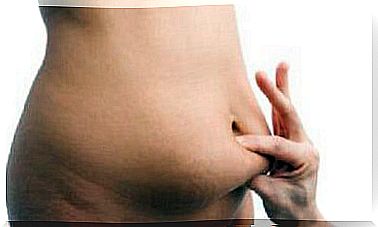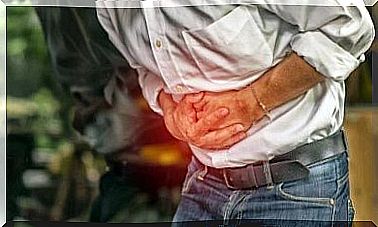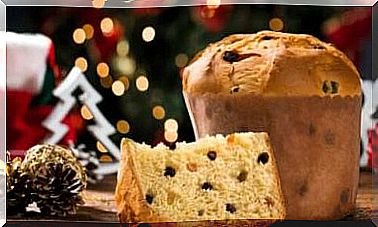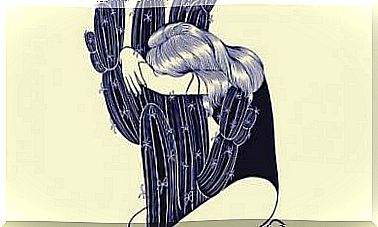How To Remove Pesticides From Fruits And Vegetables
Pesticides used to protect fruits and vegetables of all kinds from the various plagues that exist can be dangerous for our health. This is why it is important to clean your food well before consuming it.
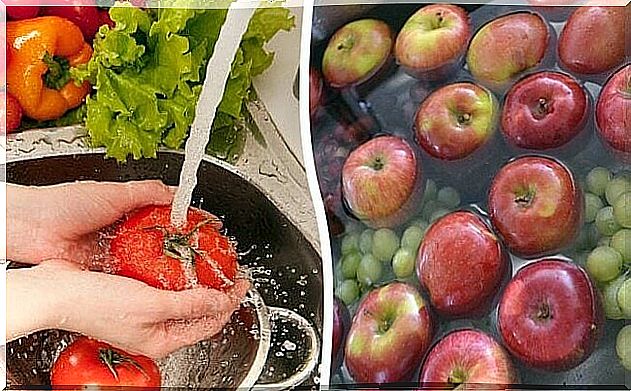
Unless you have a vegetable garden at home or buy all your fruits and vegetables in an organic market, it is almost impossible not to be in contact with the pesticides used intensively by the agricultural industry.
Indeed, pesticides, together with waxes and varnishes, make our food almost artificial products.
In the rest of this article, we will therefore explain how to remove these external elements before consuming your fruits and vegetables.
What are pesticides and what are their effects?
Before learning how to wash and disinfect your natural products, we must explain to you why this is an essential gesture.
Pesticides are chemicals or biologicals that are used on fruits and vegetables to protect them from insects, weeds and also disease.
They may seem necessary, but most of these products contain substances that are highly toxic to humans, such as organophosphates which are used in agriculture in the United States.
Pesticides are also used on cereals such as wheat or rice, but also on flowers, cotton and lawns.
The most common way to come into contact with pesticides is by consuming fruits and vegetables.
Then comes the fact of eating animal meats fed with processed flour. But also that of living near the places where pesticides are spread or working with them.
As the quantities of pesticides which reach the homes of individuals are very low, it is still difficult to know the effects of these products.
But among the symptoms of pesticide poisoning, we find:
- Nausea
- Abdominal pain
- Diarrhea
- Dizziness
- Fainting
- A feeling of confusion
- Memory impairment
- Respiratory problems
- Skin diseases
- Unwanted abortions
- Cancers
- Parkinson’s disease
- Malformations
- Hyperactivity and inattention in children
Here is a list of the people most vulnerable to the effects of pesticides and other plant protection products:
- Fetuses
- Babies
- Children
- Teens
- Pregnant or breastfeeding women
- Fertile women
The “dirty dozen”: the products that contain the most pesticides
According to what the guide to insecticides in plant products tells us, there are fruits and vegetables that are more treated with toxic substances.
The Environmental Working Group (creator of this study) recommends avoiding purchasing the following products in non-organic supermarkets:
- Apples
- The celery
- Peppers
- Peaches
- Nectarines
- The strawberries
- Grapes
- Spinach
- The lettuce
- Cucumbers
- The blueberries
- Potatoes
As if that was not all, it is recommended to reduce our consumption of beans, green beans and cabbage.
Conversely, foods less loaded with pesticides can be consumed more intensely.
Among them, we find:
- The onions
- The corn
- Pineapple
- Avocado
- Peas
- Asparagus
- Mangoes
- The eggplants
- Kiwis
- The melon
- The grapefruits
- The watermelon
- The mushrooms
How do you get rid of pesticides from your food?
You may have already seen a “special” soap in your local supermarket designed to disinfect fruits and vegetables.
The effectiveness of this type of product is absolutely not scientifically proven.
To rid your products of soil or germs they may contain, we recommend that you use clean water.
Thus, rubbing your food under water is a more effective method than soaking it in a basin of water. Using a stiff bristle brush can also be a good idea.
However, when they have some kind of protective wax on their skin, even the brush cannot completely remove it.
Paraffin is used on fruits and vegetables, especially tomatoes and apples to give them a shiny appearance. However, it is not a pesticide, but it is not therefore safe.
Even if you run your food underwater, it will stay firmly “hooked” and you will end up consuming it.
Never use dish soap or neutral soap to sanitize your fruits and vegetables.
We also do not recommend using laundry detergent. Here are some great recipes to help you get rid of pesticides:
The vinegar, baking soda and lemon sanitizer
As soon as you come home from shopping, we advise you to wash your food, before placing it in the refrigerator or in the various containers you use.
Our first recipe for doing this is very simple and effective.
Ingredients
- ¼ cup of apple or white vinegar (62 ml)
- Cup of water (250 ml)
- 2 tablespoons of baking soda (20 g)
Preparation
- In a bottle with spray, first pour the vinegar and water.
- Then add the baking soda, then the freshly squeezed lemon last.
- Finally close the cap and stir well.
- Use this mixture by rubbing your fruits and vegetables with a brush.
Grapefruit, baking soda and vinegar sanitizer
Here is another very interesting and easy option if you want to clean your food:
Ingredients:
- 20 grams of grapefruit essential oil
- Cup of water (250 ml)
- Spoonful of baking soda (10 g)
- Break of white vinegar (250 ml)
Preparation
- In a spray bottle, mix the water and vinegar.
- Add the baking soda and pour in the grapefruit essential oil (you can find it in natural stores).
- Close the cap tightly and you can use your disinfectant!
Lemon and vinegar disinfectant
This recipe contains fewer ingredients than the previous two, but it is no less effective.
It is ideal for cleaning your fruits and vegetables when you do not have too much time.
Ingredients:
- Cup of vinegar (250 ml)
- Spoonful of lemon juice (10 ml)
- Cup of water (250 ml)
Preparation
- In a bottle with spray, pour the water and vinegar.
- Mix well and add the lemon juice.
- Finally close your bottle and shake it well. You can keep this mixture in your refrigerator.
